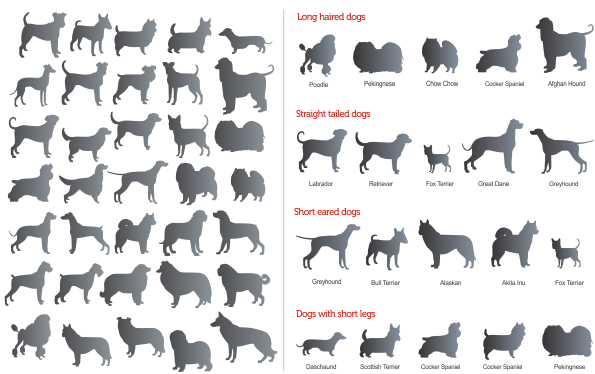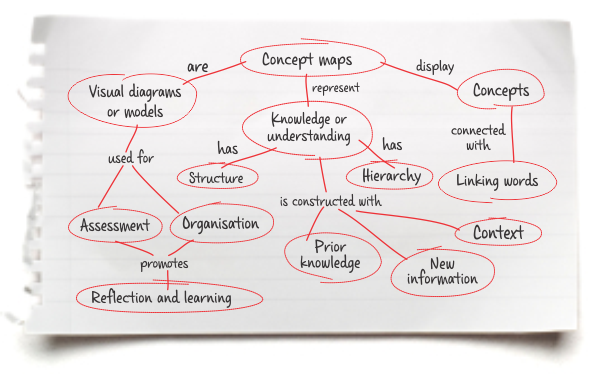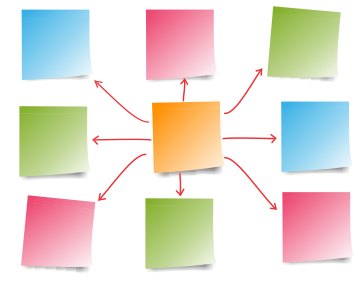Maximising your study sessions
Use lecture notes and course guides to identify the most important topic. Summarise the main ideas and revise by making mind maps to show relationships between ideas.
Ways of organising information
There are many ways of organising information. Try some of the techniques below and see which ones work best for you.
| Summarise your notes under topics | |
|---|---|
|
Key points
Supporting points |
Details
|
Organising information in groups
Instead of trying to remember hundreds of bits of information, organise information into logical groups.

Using mind maps
Mind maps can be very detailed if you are building a plan for an assignment or brief, or if you are using them to organise your revision.

Using post-it notes
Post-it notes can have handy summaries of topics or be used to form mind maps. They are easy to change, add to or delete.

- Attend revision sessions
- Review the course handbook:
- look at the course objectives
- identify the main issues/topics that the course covers.
- At the end of each lecture:
- highlight the areas that the lecturer has emphasised are important
- think about how this information might be examined in the final assessment.
- Review past exam papers:
- what type of questions have been asked, how many?
- Are any sections compulsory, what can be taken into the exam—notes, calculator, formulas?
